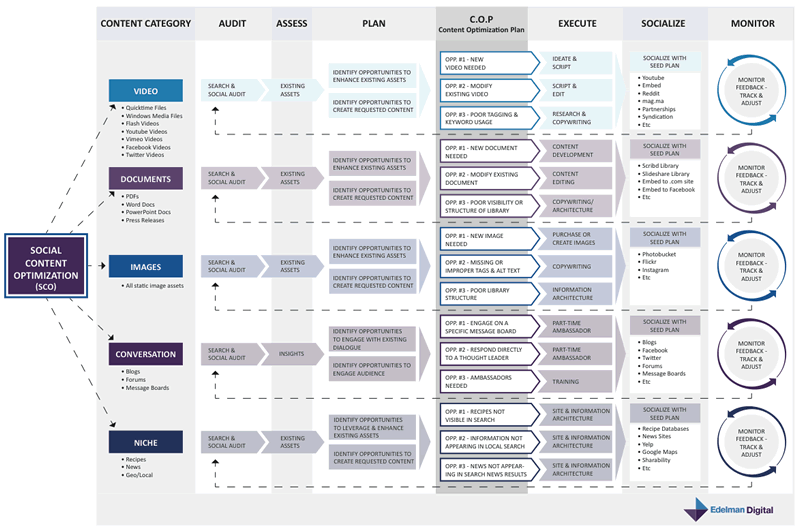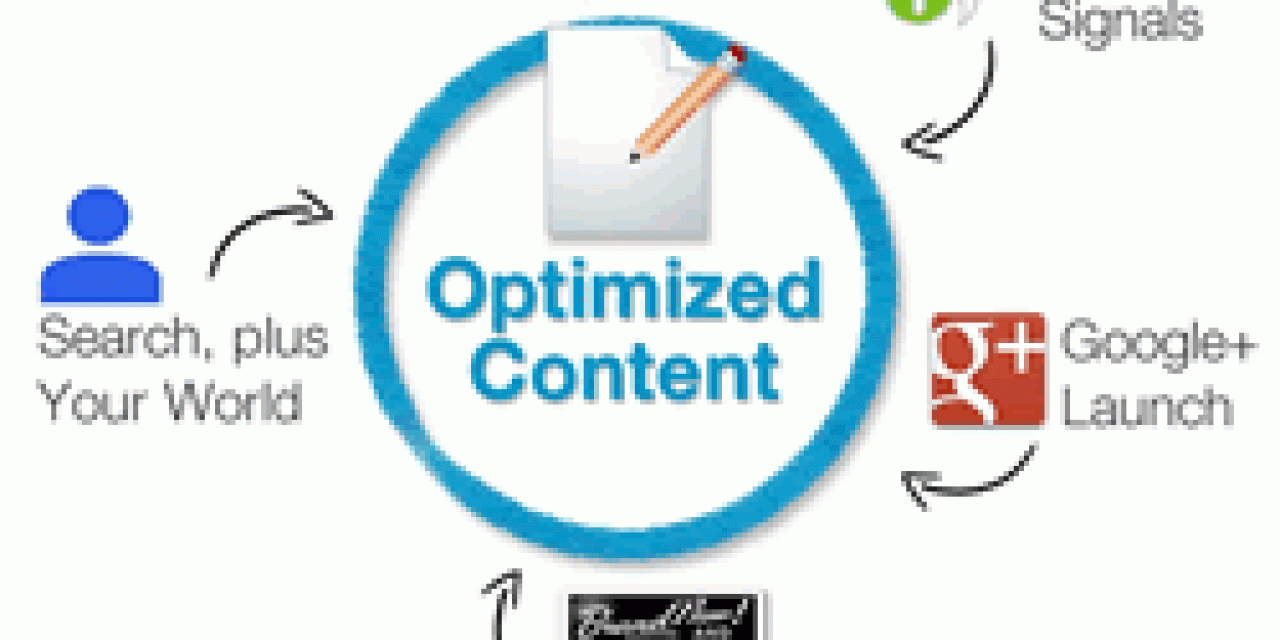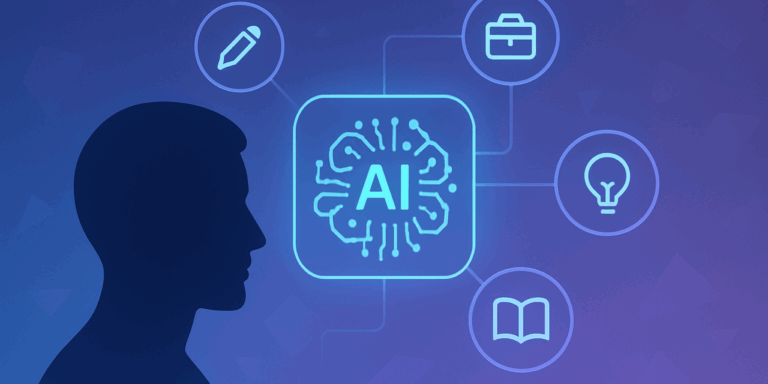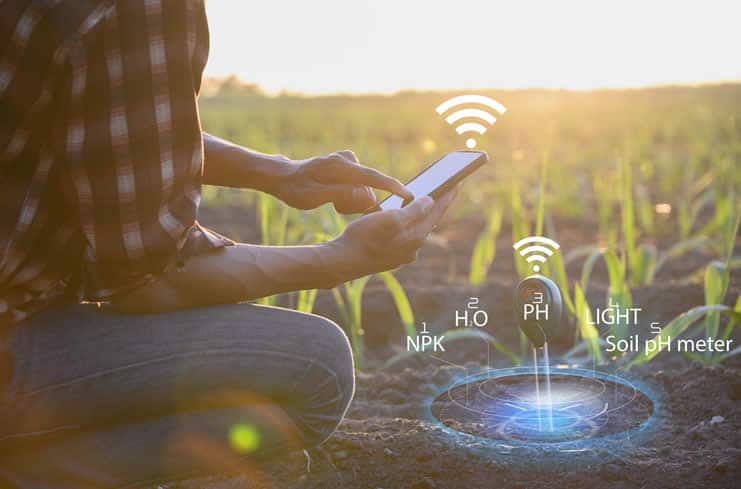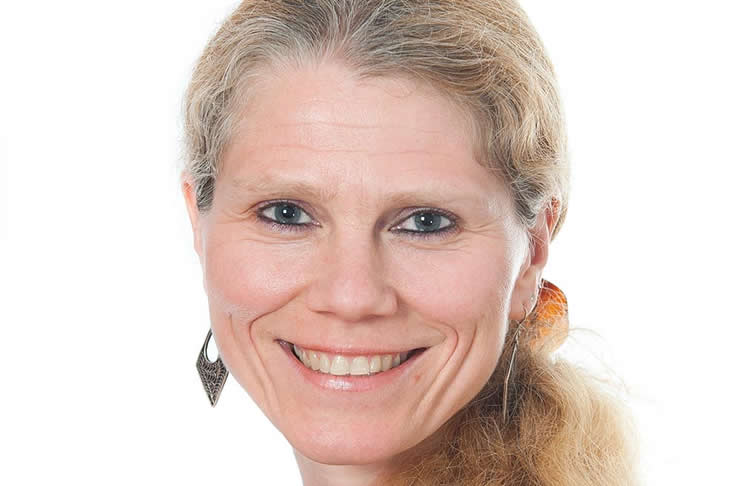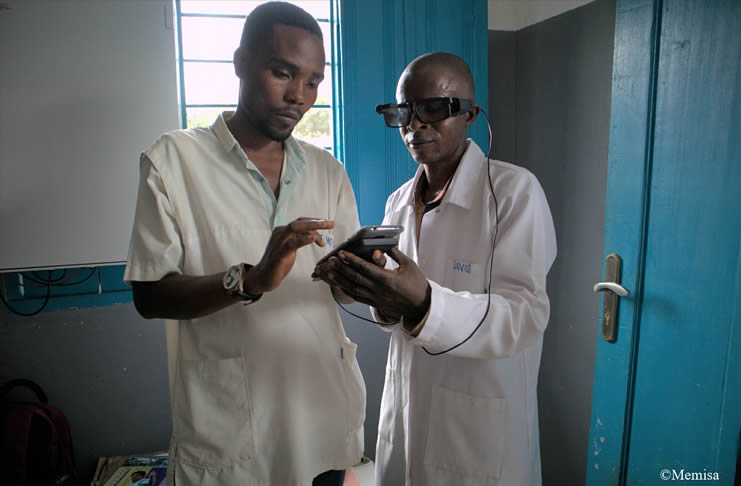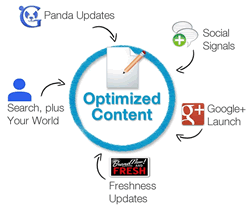
What is easier? Optimizing customer experiences and conversion rates or increasing reach and awareness? What is more effective? Conversion and content optimization or driving traffic? Truth is the mix often is entirely wrong and too much focus is on reach and traffic. Because all it takes is money. A few years ago, ZenithOptimedia claimed that of all the money that would be spent on traffic generation, only 2 to 3% would lead to effective conversion. Could it be the same phenomenon happens in content marketing?
The answer is a clear yes. And it’s not just about content optimization but about the focus in the overall content marketing strategy. Content production, distribution, sharing and reach reign over customer experience and conversion. Although it’s important to keep filling that pipeline (as you’ll notice in later posts I have nothing against content sharing, on the contrary), attract new customers, improve brand attributes and get eyeballs, the real difference lies in the way you treat all those people you reach. That’s where the money is, in the short run and the long run (nice experiences = better connections).
It’s the user/visitor/customer experience that matters, far more than what you want to communicate using content. Content marketing revolves around context and customer experiences and looks at all stages of the customer life cycle. Conversions are the natural consequence.
However, the sad truth is that most budgets go to that famous pre-buying stage and then often nothing happens. The fastest route to generating more revenue using content marketing is easy.
Some ways to optimize conversions and content
- Look more at the overall funnel and customer journey instead of just creating more content for those very first stages and getting more eyeballs and awareness. This certainly includes the post-buying stage as well and especially the middle stages of that famous funnel model. In other models, look at the overall life cycle, social graphs, etc.
- Improve the experiences people have when stumbling upon, receiving or interacting with your content. Gaining attention is just the start. Look at social. Do you want to be found? Yes. Is that enough? Do you want some degree of interaction? Clicks and retweets? Yes. But that’s just the beginning, the goal is to get people closer to your brand and objectives. Get in that inner circle of trusted advisorship where real business happens or in the heart and memories of your audiences (and their audiences).
- Personalize. This goes for copy, overall content, marketing automation flows, the website, ads, you name it. But most of all it goes for the overall experience, including the site experience.
- Optimize the content you already have. Add a bit to that blog post. Improve that headline. Make your website articles more visitor-oriented. Make that little tweet more effective. You can optimize everywhere! Make mistakes and learn from them.
- Test everything: content, words, headlines, value proposition, call-to-action, emotional appeal, landing pages, consistency, etc. Take it step by step but do it.
- Optimize and test with the customer, in the broadest sense, in mind. Turn down the reach volume a bit and start working on your calls-to-action, the consistency/relevance of the conversion paths and the buyer personas first.
- Use content marketing software and other marketing or optimization tools, for instance to conduct A/B and/or MVT tests, optimize for search engines (or better: searchers), plan better, map touchpoints, the buyer journey and the customer experience, optimize landing pages, etc.
- Get rid of the pure traffic-building mindset. Take it in a customer-centric and thus multi-channel and multi-device way. Optimizing conversion is a matter of customer-centricity.
- Look at different metrics, depending on and close to your goals. It’s not just about optimization in the context of buyer journeys and demand generation. It’s also about branding, social interaction, etc.
- Optimize in function of the usage context of the channels and formats your audiences use and how they use them. Optimize by content type, publishing time, interaction, perception impact, etc.
- Take contextual elements into account that influence the customer/user experience and thus the impact of the content: site load times, display on mobile devices, you name it.
- Go beyond the obvious and think audiences of audiences and clusters of content and relevance. Content is part of a broader context within which it resides and by which is it reinforced (and vice versa): we’re moving to clusters of meaning, relevance, engagement or plain old entertainment whereby content items interact.
- Don’t overlook social and sharing. A good example is the way you can optimize for Facebook Graph Search. As the image below shows, social content alone offers so many content optimization opportunities.
- Just make it human. It’s really about perceived value, intent, emotional response, fun factor, quality of answer to question, needs, you name it. It’s about Youtility as Jay Baer says indeed. And so are customer experiences.
- Don’t just look at one part of the ubiquitous optimization reality. Content, marketing, customer experience optimization etc. are all part of this ubiquitous optimization reality that really involves EVERYTHING and EVERYONE that needs to be involved.
